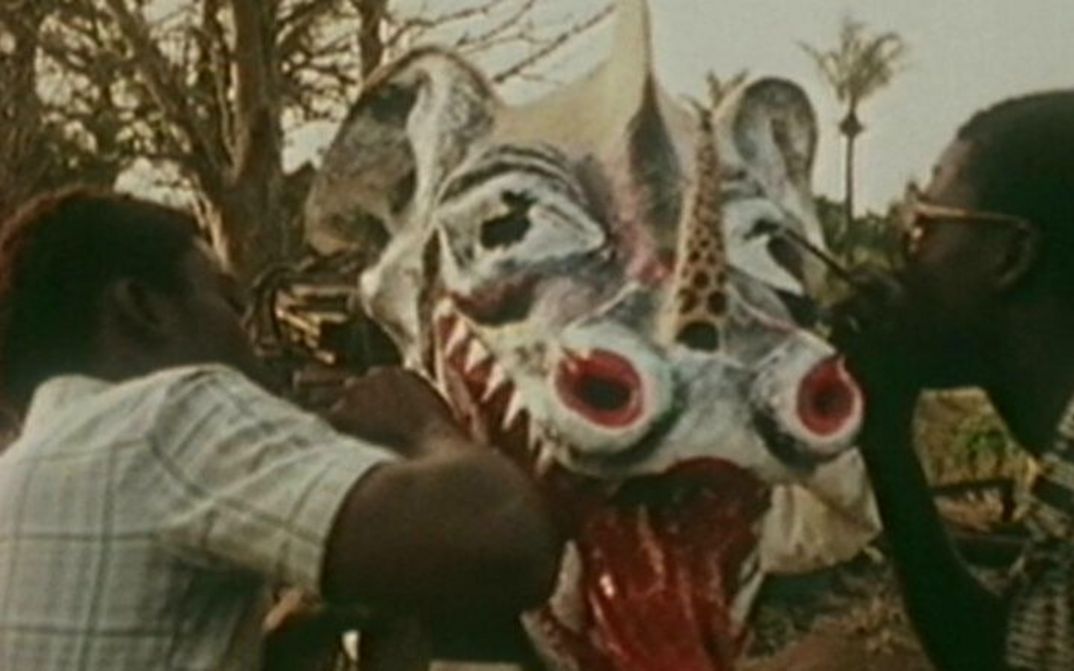Abotcha Mediateca Onshore and MocABiss – Bienal de Artes e Cultura de Bissau, Guinea Bissau: Mapping Cine-Geographies of Liberation

During the war of liberation in Guinea-Bissau (1963–1974), the cinema was used as a medium intended to support the resistance, spread the idea of liberation and raise the columns for collective memory. Amílcar Cabral, the head of the PAIGC (African Party for the Independence of Guinea and Cape Verde) sent four young Guineans – Flora Gomes, Sana Na N‘Hada, Josefina Crato and José Bolama Cobumba – to the Cuban Film Institute (ICAIC). The productions they made on their return can be located within the cinematic practice of other countries with regard to the solidarity movement. A set of strong international ties was created between the filmmakers, who shared resources and knowledge with each other in order to build a shared film language and discourse. .
The program reveals several of these relationships and also depicts the longstanding collaboration between Arsenal and Guinean filmmakers brought about by the archive project Luta Ca Caba Inda, which was about giving new visibility to the remnants of that phase of military cinema in the archive of the national film institute (INCA – Instituto Nacional de Cinema e Audiovisual).
The following films are showing in the program: POR PRIMERA VEZ (Octavio Cortázar, Cuba 1967), LA GRAMMAIRE DE MA GRAND-MÈRE (Jean Pierre Bekolo, France, 1996), CARNIVAL EM BISSAU (Sarah Maldoror, Guinea-Bissau 1980), MONANGAMBEEE (Sarah Maldoror, Algeria 1969), UN BALCON EN AFRIQUE (Anita Fernandez, Guinea-Bissau 1980), NOSSA TERRA (Mario Marret, Guinea-Bissau 1966). (Filipa César/Stefanie Schulte Strathaus)
The program Mapping Cine-Geographies of Liberation – curated and presented by Filipa César – is taking place at the Abotcha Mediateca and at MoACBiss, the 1st Biennale für Art and Culture in Bissau. (28./29.5.)